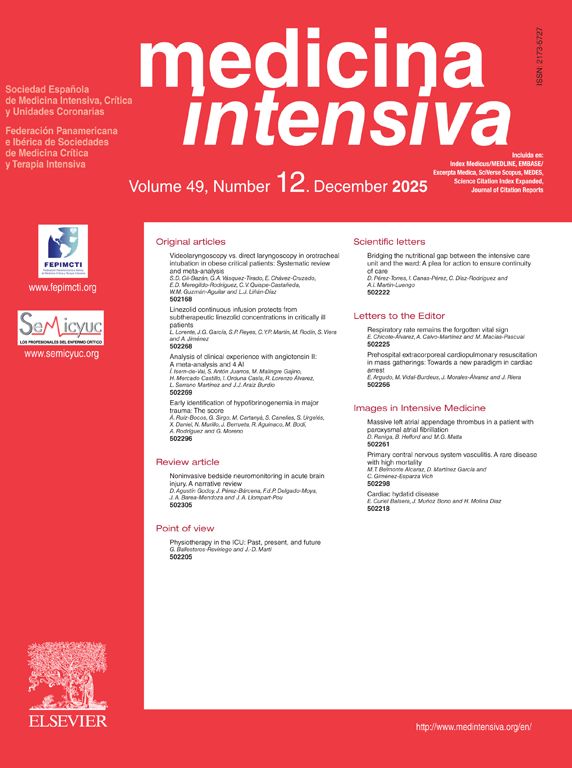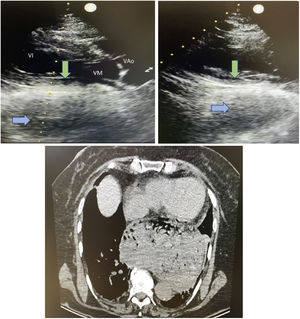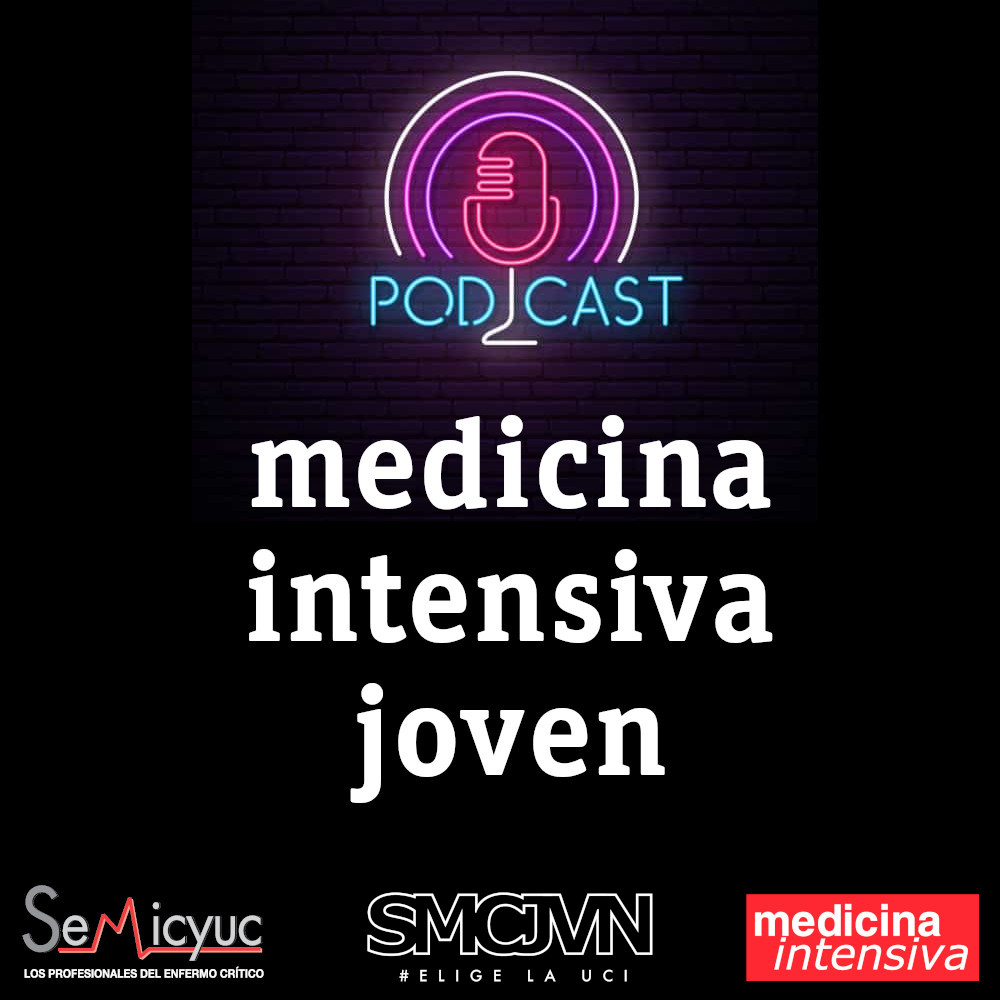This is the case of a 78-year-old woman with a 2-h history of intense oppressive chest pain associated with sweating and poor general condition. The examination of the patient’s heartbeats reveals a visible and overt vibration at thoracic wall level. The bedside echocardiography performed in the parasternal view—both in the long (figure 1) and short axes (figure 2)—revealed the presence of extrinsic compression of the heart by a fluid-and-air-filled heart chamber (in blue color) that caused the protrusion of the heart lower side (in green color). The CCTA performed discards the presence of acute aortic disease but confirms the presence of massive hiatal hernia with complete herniation of the gastric chamber (figure 3) (Fig. 1).
The Impact Factor measures the average number of citations received in a particular year by papers published in the journal during the two preceding years.
© Clarivate Analytics, Journal Citation Reports 2025
SRJ is a prestige metric based on the idea that not all citations are the same. SJR uses a similar algorithm as the Google page rank; it provides a quantitative and qualitative measure of the journal's impact.
See moreSNIP measures contextual citation impact by wighting citations based on the total number of citations in a subject field.
See more





